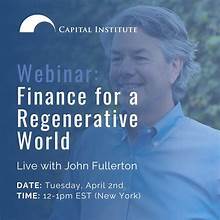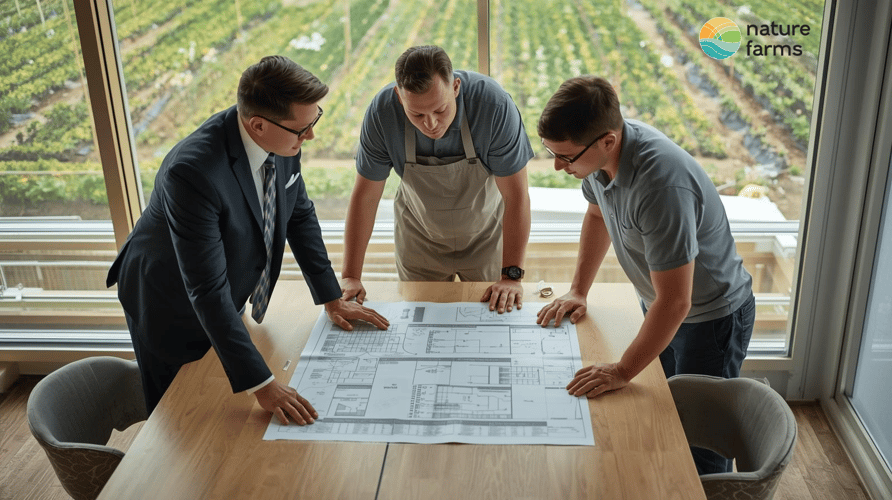
nRhythm
Is it a Regenerative Movement?
A movement typically has a goal. Yet in regenerative thinking, we emphasize “creating conditions” over goals. From John Fullarton of the Capital Institute.
.png?width=203&height=100&name=SquareUp%20Logo%202344%20(1).png)



